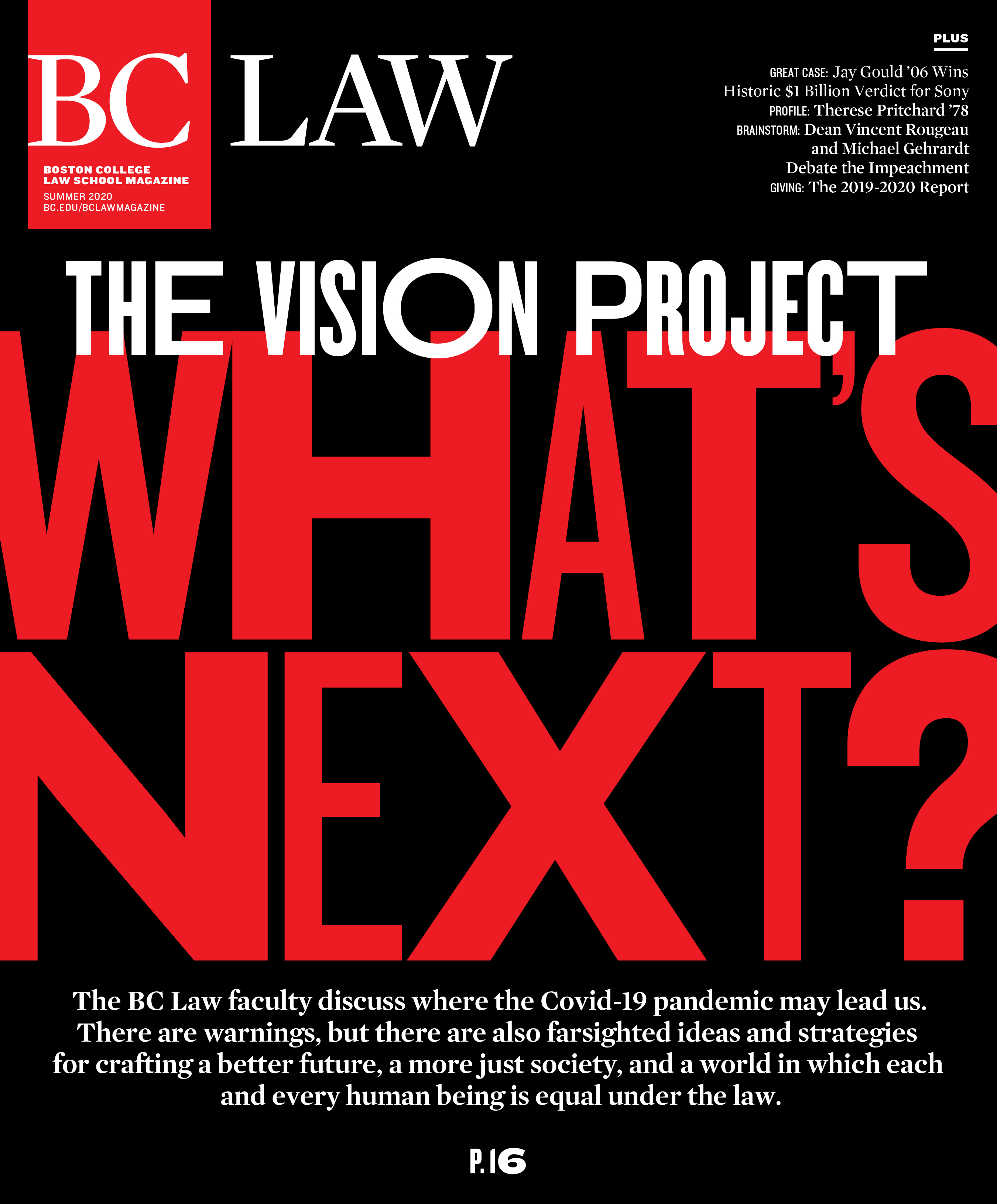
Since the framing period in the 1780s, the United States has witnessed continual struggles to make our democracy more inclusive. For people on one side of these struggles, law becomes a tool to codify existing inequalities and consolidate and extend the power of white men; for people on the other side, it becomes an instrument by which we can sketch trajectories that get us to equality and inclusion. We may aspire to a democracy, but in crucial respects many of us still inhabit a world that feels like a white male aristocracy.
Conventional histories tell a story of progressive democratic expansion starting with the founding of our nation: the fall of restrictions based on property, on race, on gender. This story presumes a starting point in the 1780s, during which it was widely felt that only white men should take part in constitutional politics.
But that story is wrong. Even in the 1780s, people of color and women believed they should take part in constitutional politics, just like the white men who had been traditionally excluded because of property requirements or religious tests. This is not to deny that an exclusive, white, relatively affluent male group wrote our founding documents or that these documents attempted to favor the interests embodied by that group. But many state constitutions and the federal Constitution did not explicitly bar people of color and women from constitutional participation. Importantly, women and people of color voted in New Jersey in the early national period, under the state’s 1776 constitution.
In the 1790s, exclusions increasingly became part of new constitutional structures. In 1792, Kentucky’s constitution broadened suffrage for white men and narrowed suffrage for women. Kentucky became the first western state to permit men to vote without property or taxpaying requirements, but restricted suffrage to “free male citizens.” In 1799, the state made the exclusion more explicit, declaring the right to vote to belong to “every free male citizen (negroes, mulattoes, and Indians excepted).” With each of these new pieces of legislation, the constitutional space around women and people of color grew smaller.
Historians debate the causes of the shift from a property-based franchise to an exclusionary franchise based on sex and race. But regardless of the causes, democracy became synonymous with a white male world of political privilege and power. Democracy became a world in which white men were represented instead of a world in which the people were represented. Every state admitted to the Union between 1802 and 1876 defined suffrage by constitutional exclusion based on race, sex, or both.
In 1869, Charlotte Rollin spoke before a special meeting of the South Carolina legislature. She explained that as a black woman she was a “victim of gross, semi-barbarous legal inequalities.” She argued that “until woman has the right of representation, her rights are held by an insecure tenure.” It was a “fundamental and constitutional right” that belonged to “humanity in general” to ensure “consent of the governed.”
A constitutional system that explicitly excluded over half the adult population was not a democracy. It was a white male aristocracy. White men were a privileged class who believed they were the best qualified to rule, and they inherited this privilege by virtue of their birth as white men.
Before recent weeks, this description might have felt to some like a story only about the past. But now we can see that it also describes our present. This legacy of white male aristocracy still surrounds us.
To read other pieces in this issue’s The Vision Project, click here.



